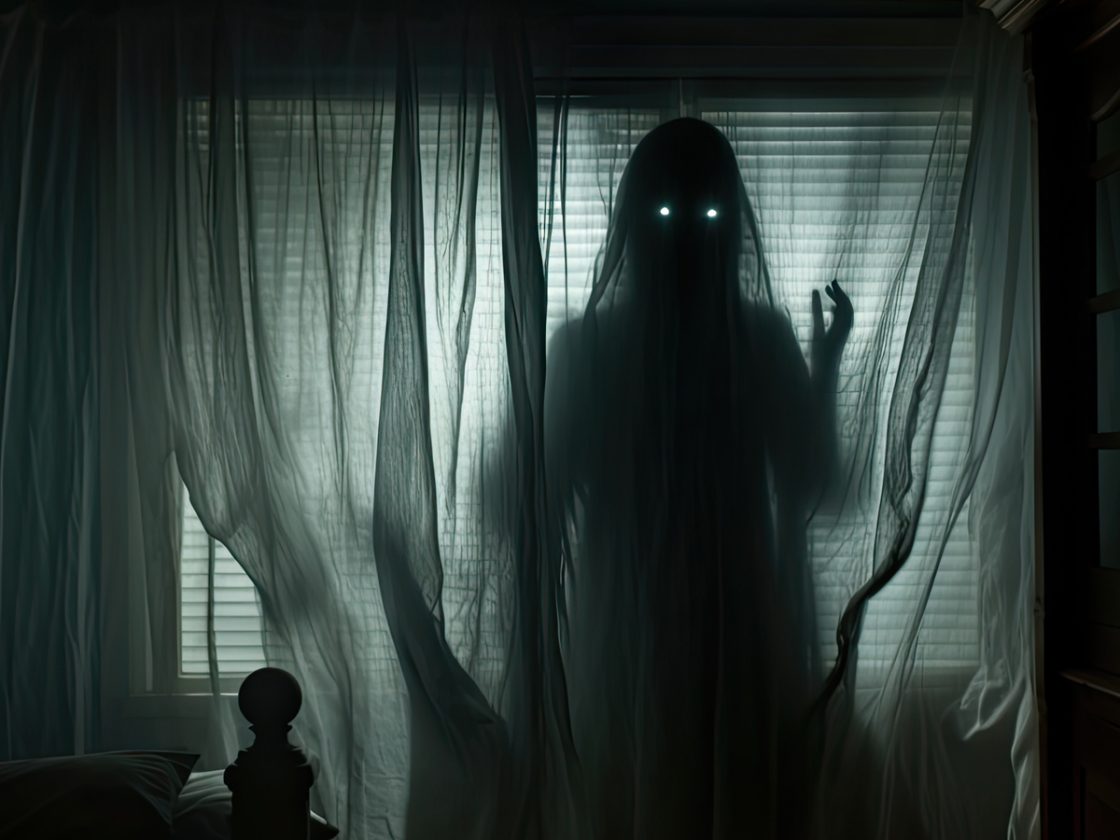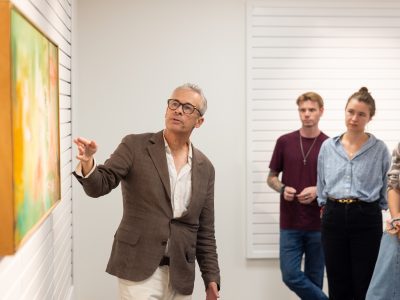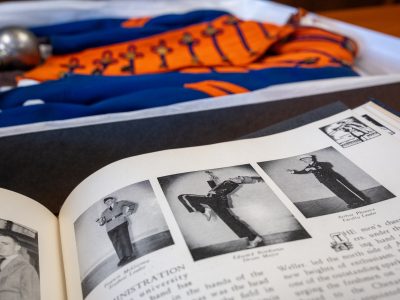What Makes a Horror Film Truly Terrifying
What is the best scary movie of all time?
Kendall Phillips, who has studied why some scary movies haunt us forever while others flop, can easily name some of his favorite ghoulish classics.
“Alfred Hitchcock’s 1960 classic, ‘Psycho.’ This is an important film in film history and it’s also just a fun watch,” says Phillips, professor of communication and rhetorical studies in the College of Visual and Performing Arts. “Beyond its significance in film history, it is just a brilliant film that blends shocking horror and very dark humor.”

Phillips, the author of three books on horror films—including the upcoming second edition of “Projected Fears: Horror Films and American Culture”—admits “it’s always impossible” to select his favorite horror film. But three hair-raising classics stand out.
“The best horror film is 1974’s ‘The Texas Chain Saw Massacre.’ Fifty years later, Tobe Hooper’s classic still shocks audiences,” Phillips says. “‘Frankenstein’ ushered in the horror genre but is also a touching story about a misfit creature who just wants to find a way to fit into the world. Then there’s Issa Lopez’s international horror film, ‘Tigers Are Not Afraid,’ an engaging and at times disturbing fairytale set on the border of Mexico during drug cartel violence. It is unsettling, but also charming.”
Phillips sat down with SU Today to explain why we love a good scary movie and discuss the key components of the horror film genre.
Some folks think it is evolutionary, tied to the fight or flight instinct deep in our neuropsychology. Others see it as a kind of cultural ritual around facing our fears. This is why horror films are often so popular among young people. Personally, I also think that at times we are attracted to horror films because the world is pretty scary, and we want space to safely reflect on those fears.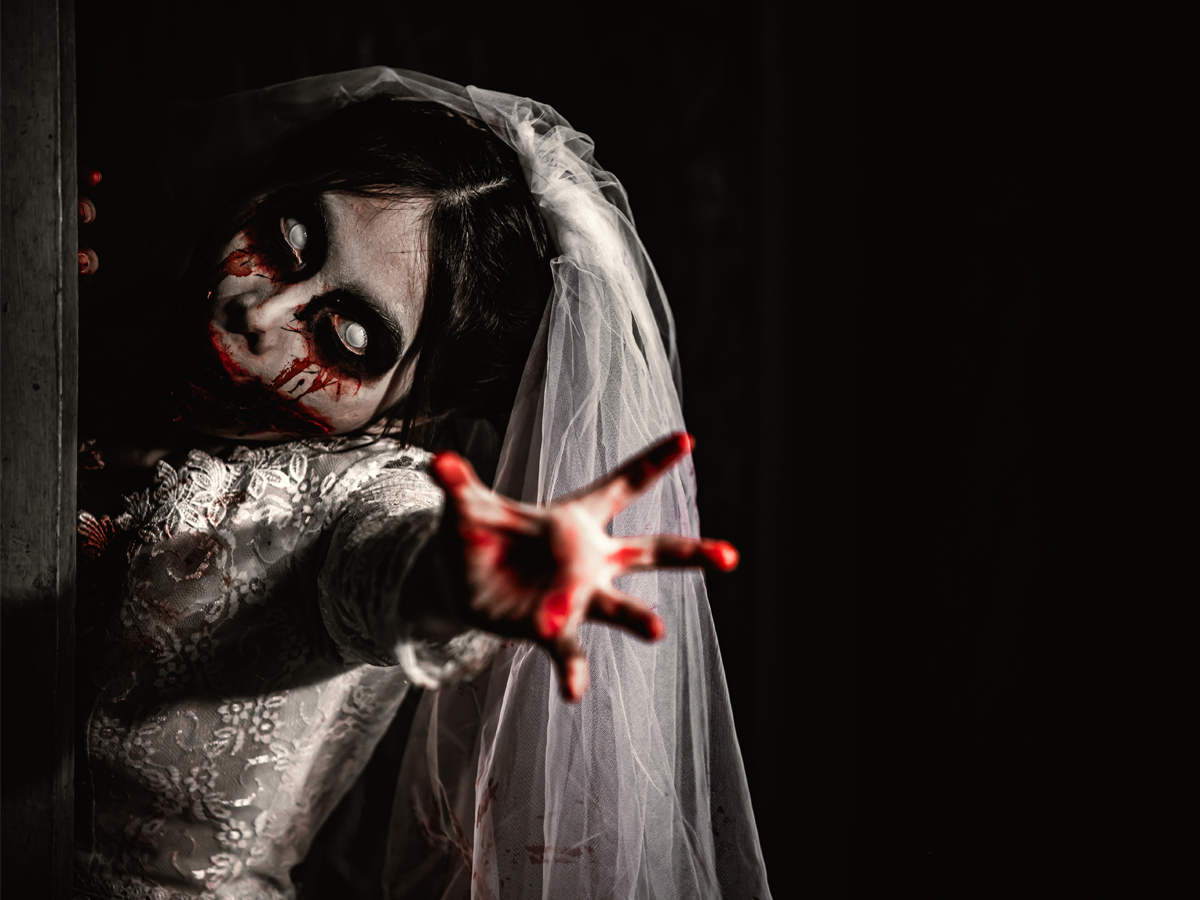
Horror is such a fun genre because it is almost without limits. There do seem to be at least three things that are required for something to feel like a horror film. The first, and most important, is the monster. The monster could be a supernatural entity, something created by science or just a really bad person.
There are also instances where we never really know if the monster existed at all. “Picnic at Hanging Rock” is an incredible Australian film that creates a menacing sense of dread in a wilderness area, but we never really know if there is an actual supernatural entity or if this is all just something we are projecting. “The Blair Witch Project” was very similar.
The second thing that’s crucial for a horror film is some kind of protagonist or victim. For a horror film to be great, we have to actually care about the victim; they can’t just be there for some kind of gruesome kill or lots of screaming.
The third element is some sense of dread or anxiety. This is what separates a frightening ghost story from “Casper the Friendly Ghost.” For it to be horror, we need some sense that this is meant to be scary.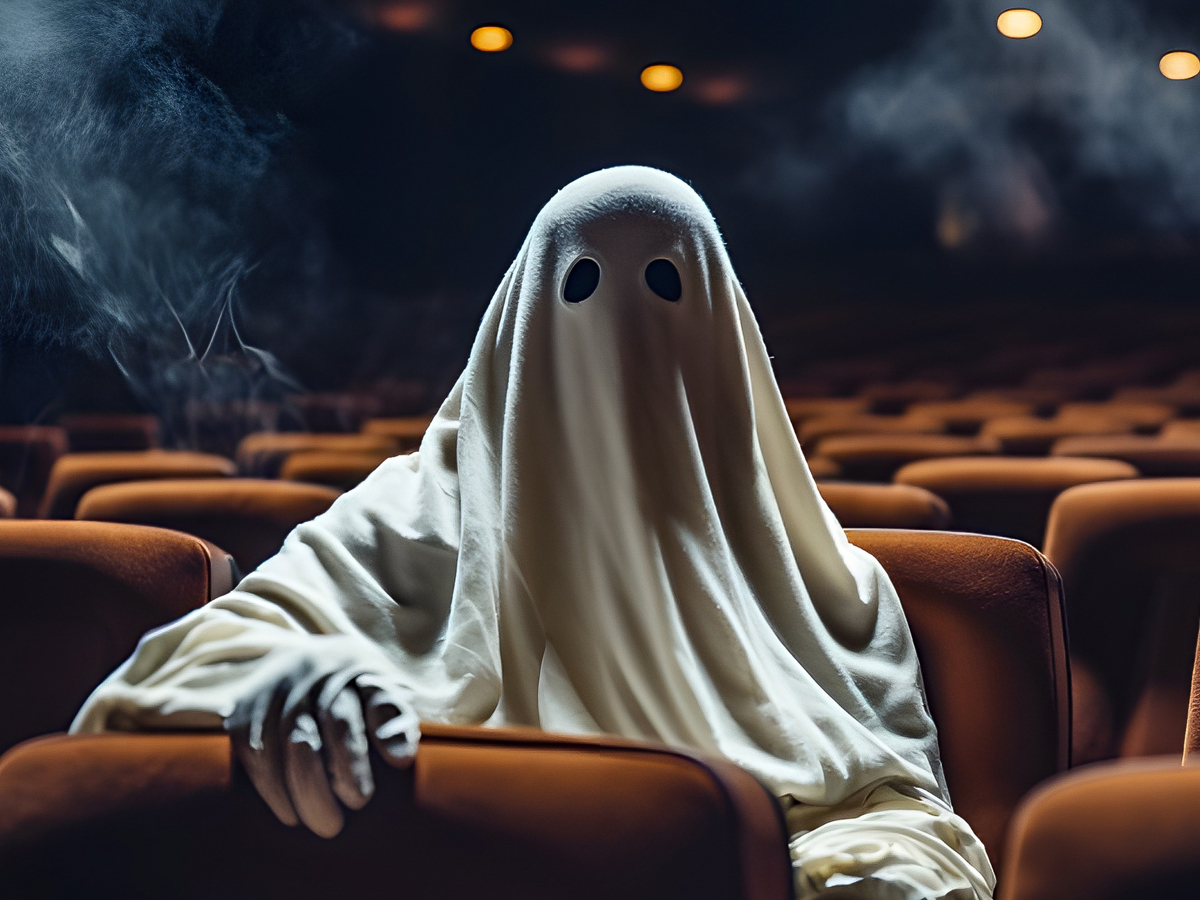
If we think of horror films in terms of films that have scary elements, things like monsters, ghosts or witches, then arguably the first horror film came out in 1896. Georges Méliès produced “The Haunted Castle” that includes skeletons, ghosts and lots of creepy stuff.
If we think of horror film as a recognizable genre, then the first horror film is probably “Dracula” from 1931. Between 1896 and 1931 there were a lot of films that used elements of horror, but it would not be fair to call them “horror films” because that is not the way any audience would have understood them.
As a kid who grew up in the 1970s and 1980s, I saw horror everywhere. As an academic, I became interested in horror because of the way the public reacts to horror films. Horror is the one genre that presents itself as being something you do not want to watch. Yet audiences flock to see these films.
As a scholar of rhetoric who is interested in public reaction to messages and media, horror films have been useful to think through the intersection of politics, popular culture and the public.
